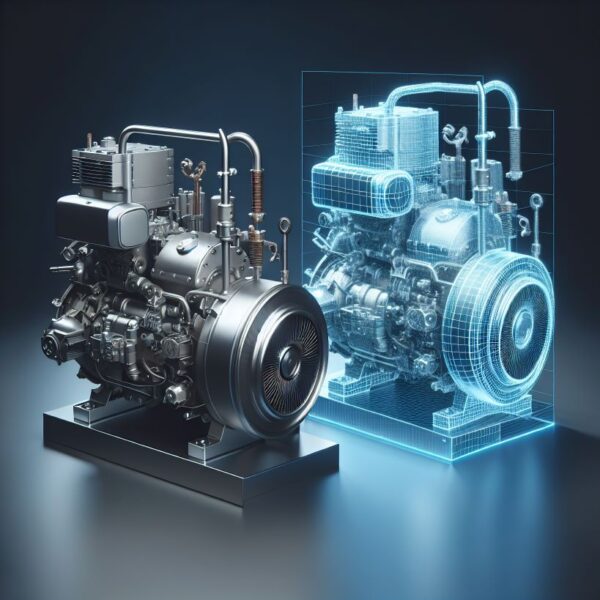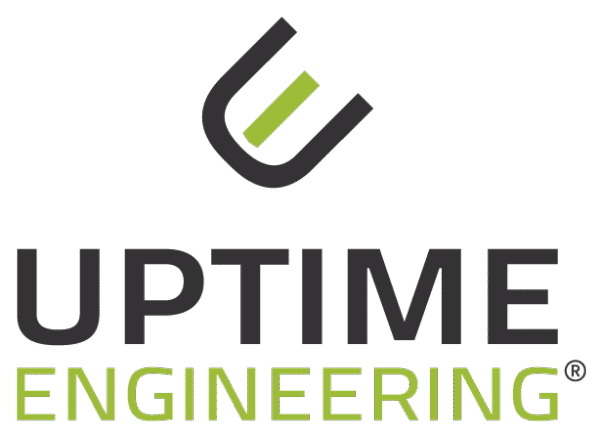
The optimization of maintenance of systems or fleets is based on the analysis of load data, load responses and events. For this purpose, each monitored instance must be correctly documented, not only with its hardware but also with all relevant properties, over its entire lifespan: in short, a solid digital twin is the basis for optimized maintenance. The requirements for the digital twin and its maintenance are certainly challenging. Its main modules are the following:
• Keeps the structure of systems (hardware, software, data, sensors) including instantiation up to the replacement part level up to date over the entire service life. This means that it is always clear which component is linked to which data.
• This also includes the parameterization of the instances (load capacity, load response, e.g. the insulation class of a motor winding, the performance curve of a pump). It provides the references for anomaly detection.
• provides the failure risks for components and functional groups with the damaging operating modes and conditions as well as the indicators for abnormal behavior,
• and the corresponding information requirements (control strategy, measured variables, required sensors, inspection results).
• consists firstly of the models for the expected load-response behavior. They are used to detect deviations and diagnose their causes.
• Secondly, there are the damage models for calculating the cumulative damage to predict the remaining service life.
• handles the role-based information flow into the maintenance process (a CMMS) for the requirement of preventive maintenance measures,
• provides feedback for the improvement and quality assurance of the maintenance process
A modular digital twin concept is required for use in maintenance projects because reporting or asset management systems often already exist and are not replaced for a maintenance project.
The contents of the digital twin serves as a basis for deriving concrete, actionable recommendations for maintenance and operations from load and event data. The digital twin supplies the models of the analysis core with the necessary input data.
To do this, we ask – first the knowledge base and then the experts – how a system could be damaged and what you should therefore know and measure for detection and prognosis. We use this to specify the risk-focused data process, develop and implement the models. In contrast to AI/big data, this can be done very quickly. The technicians understand our white box models and their input requirements.
With the results, the models also provide recommendations with reasons to the CMMS or to the person responsible for the system. The results from HARVEST trigger condition-based maintenance measures.



You are currently viewing a placeholder content from Facebook. To access the actual content, click the button below. Please note that doing so will share data with third-party providers.
More Information